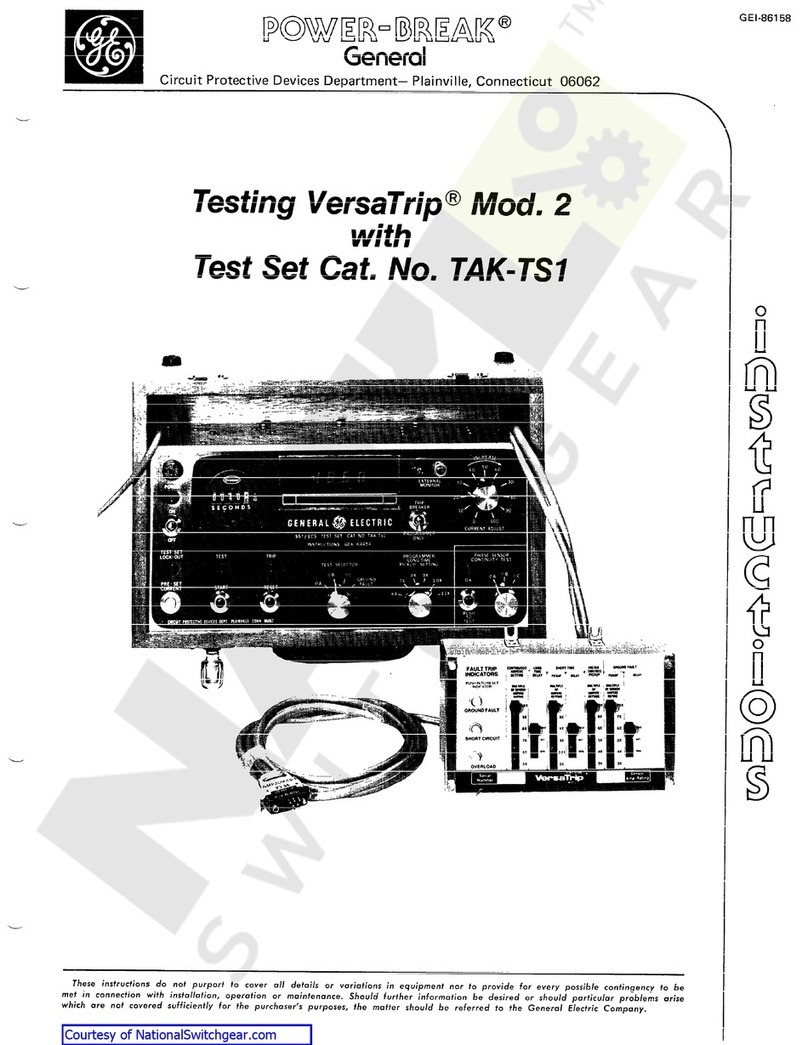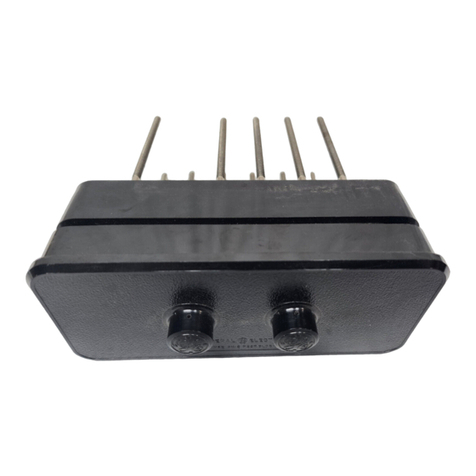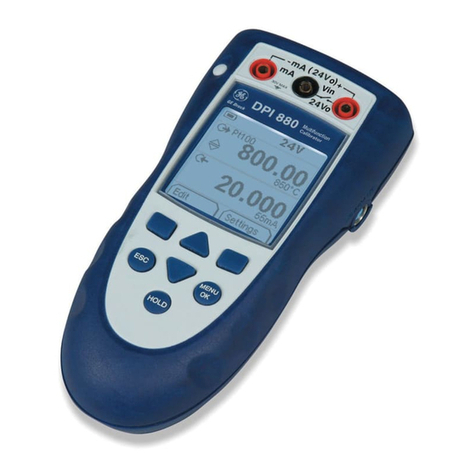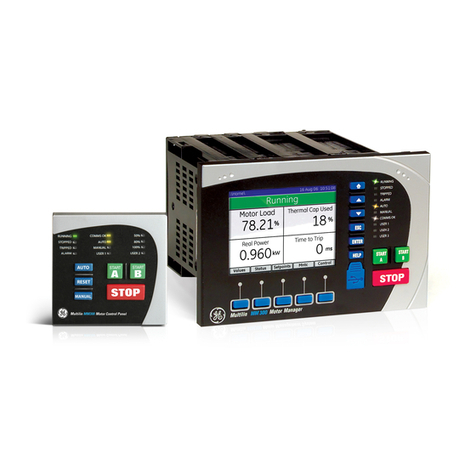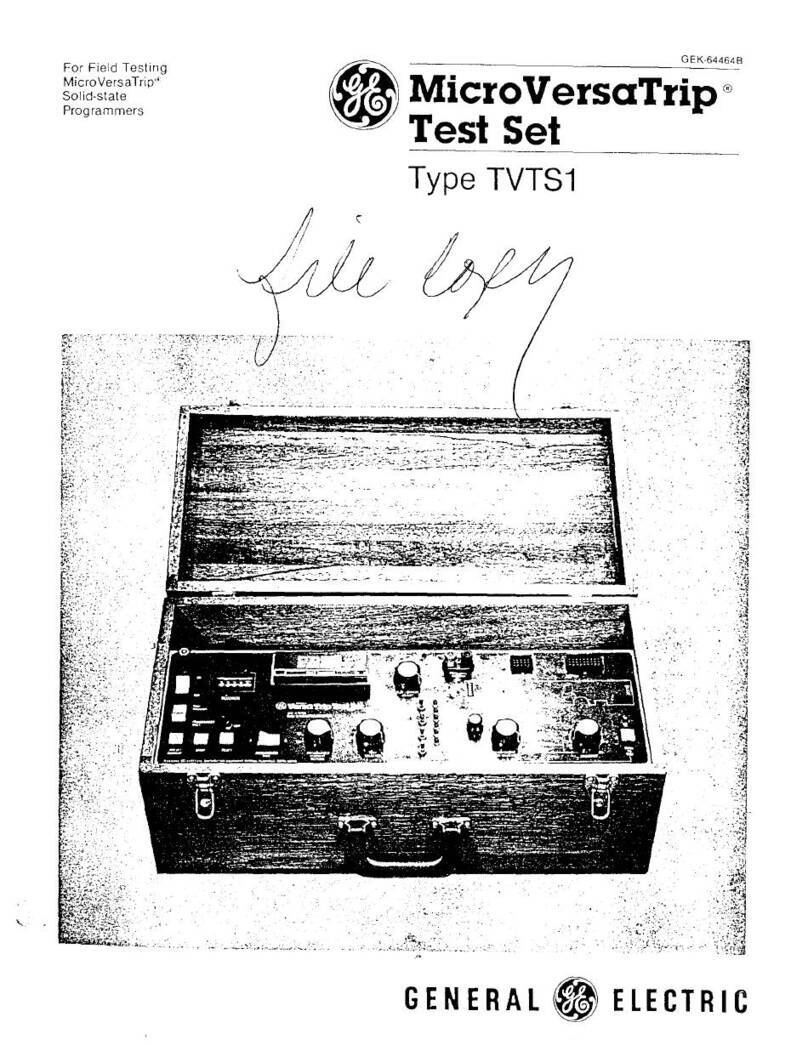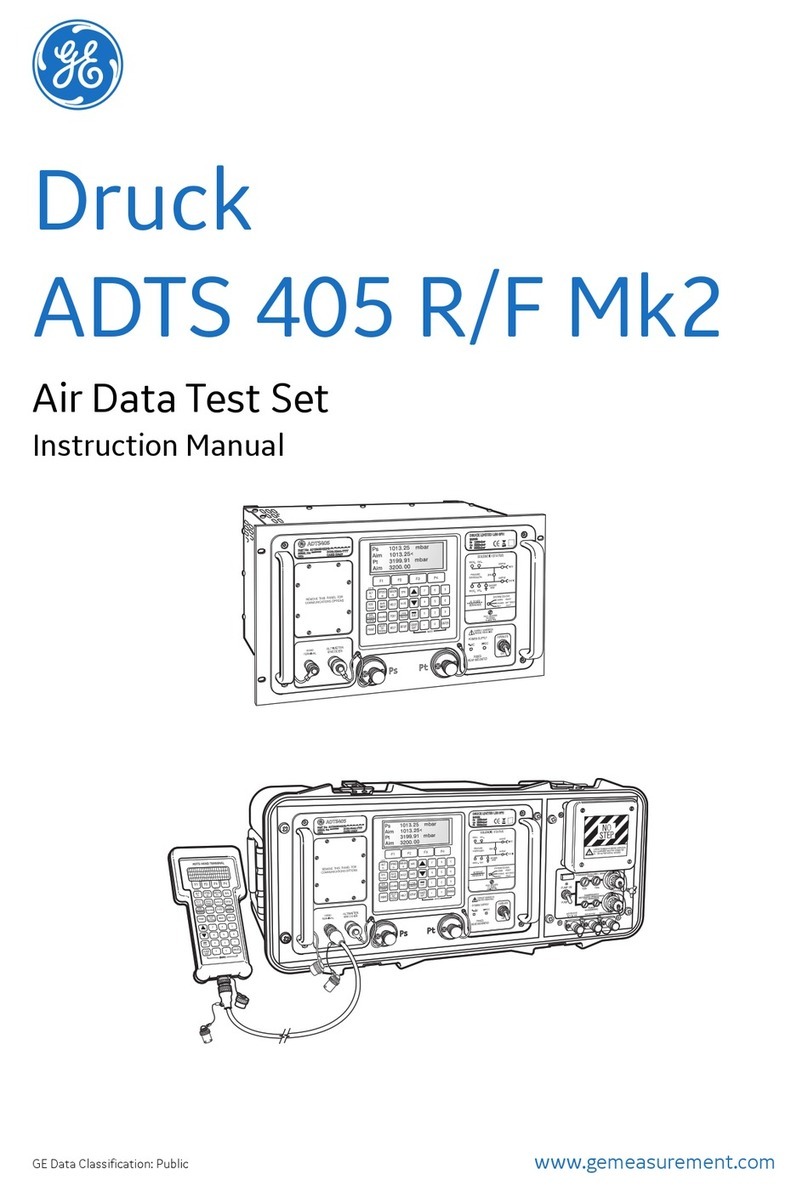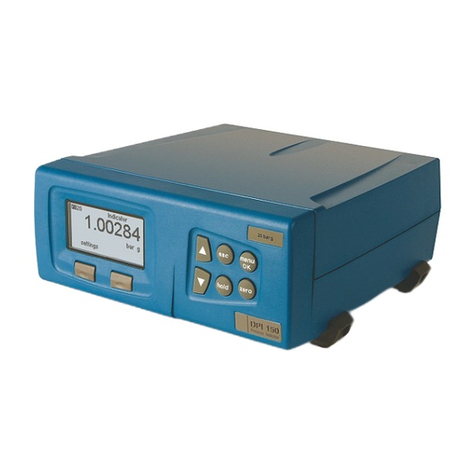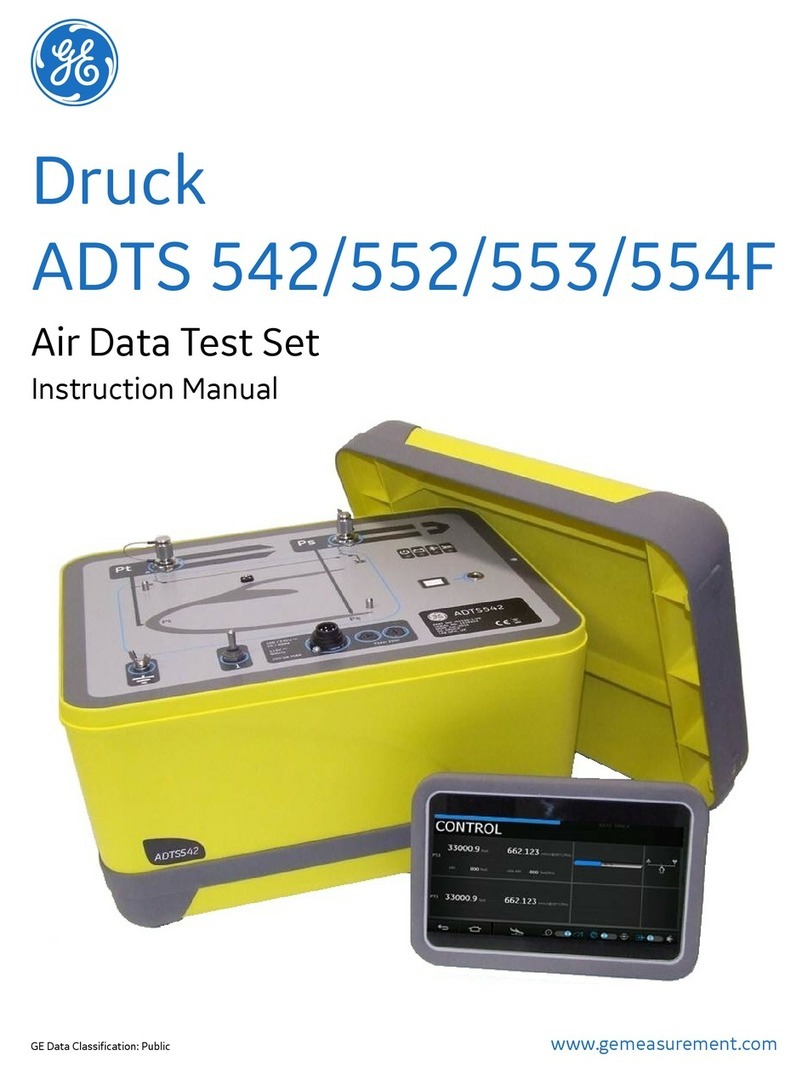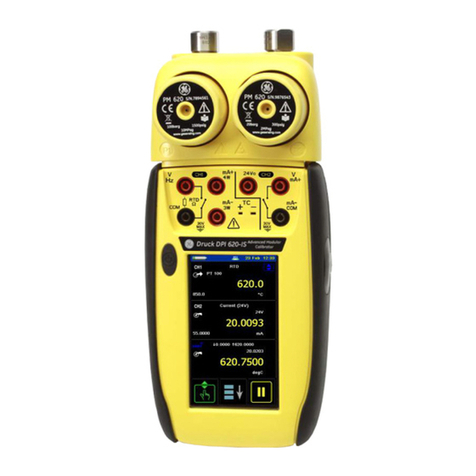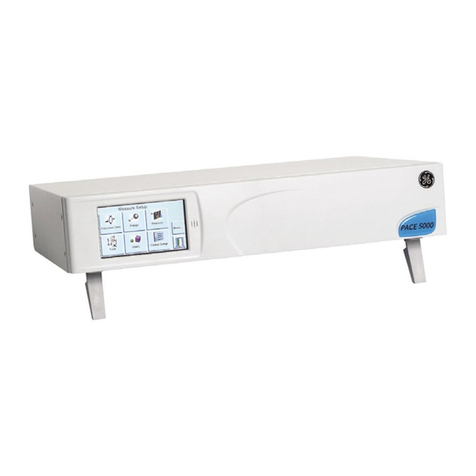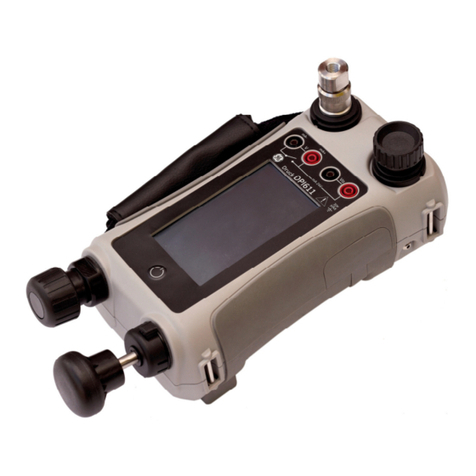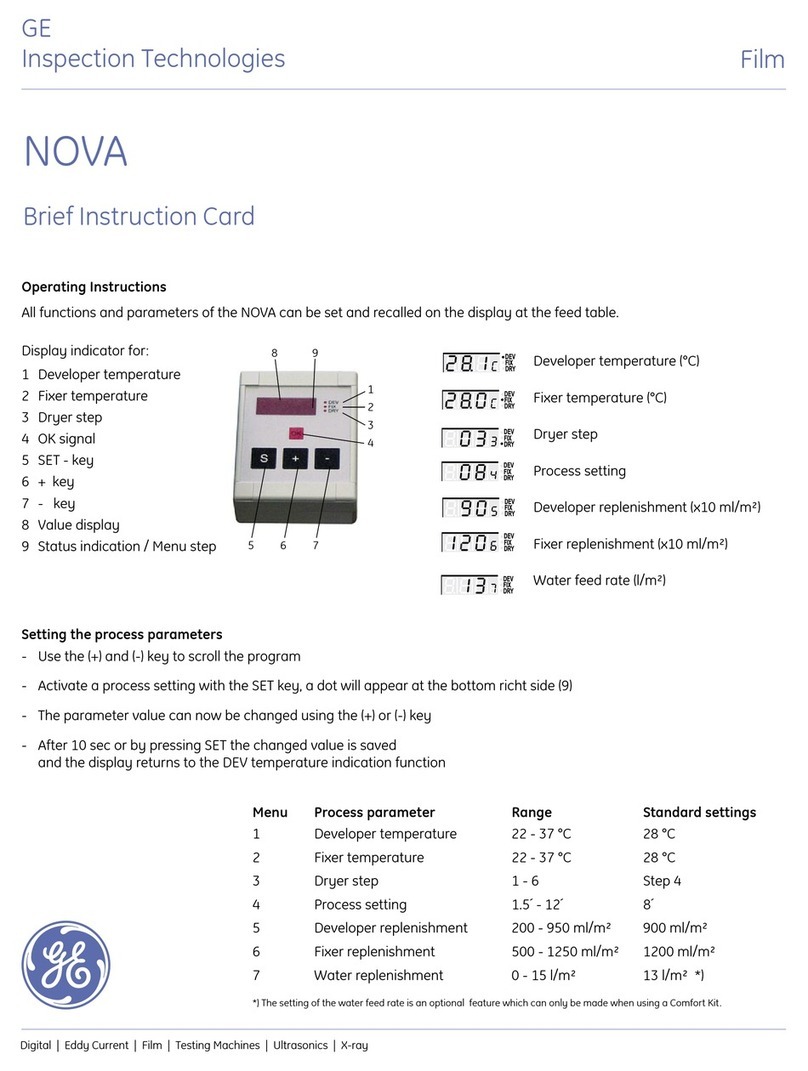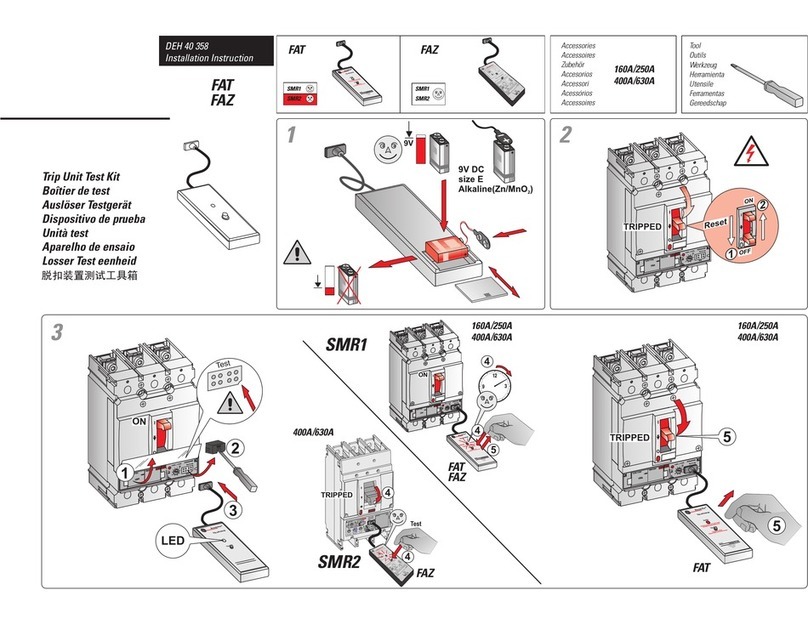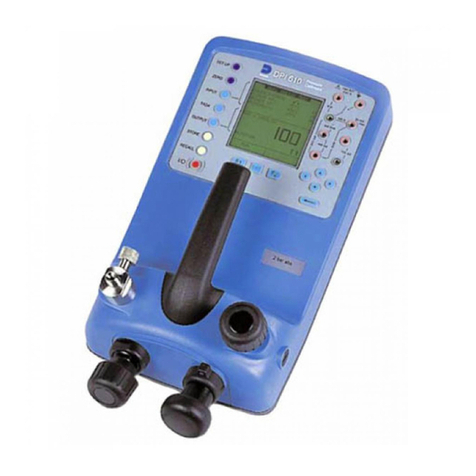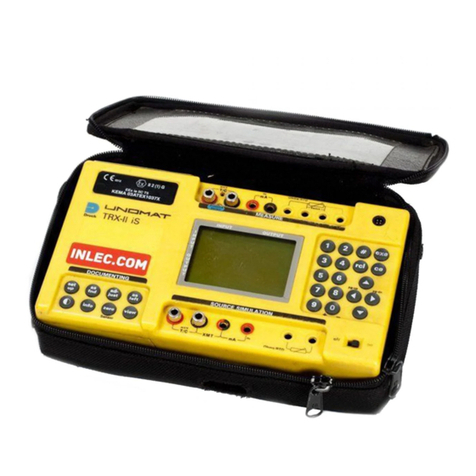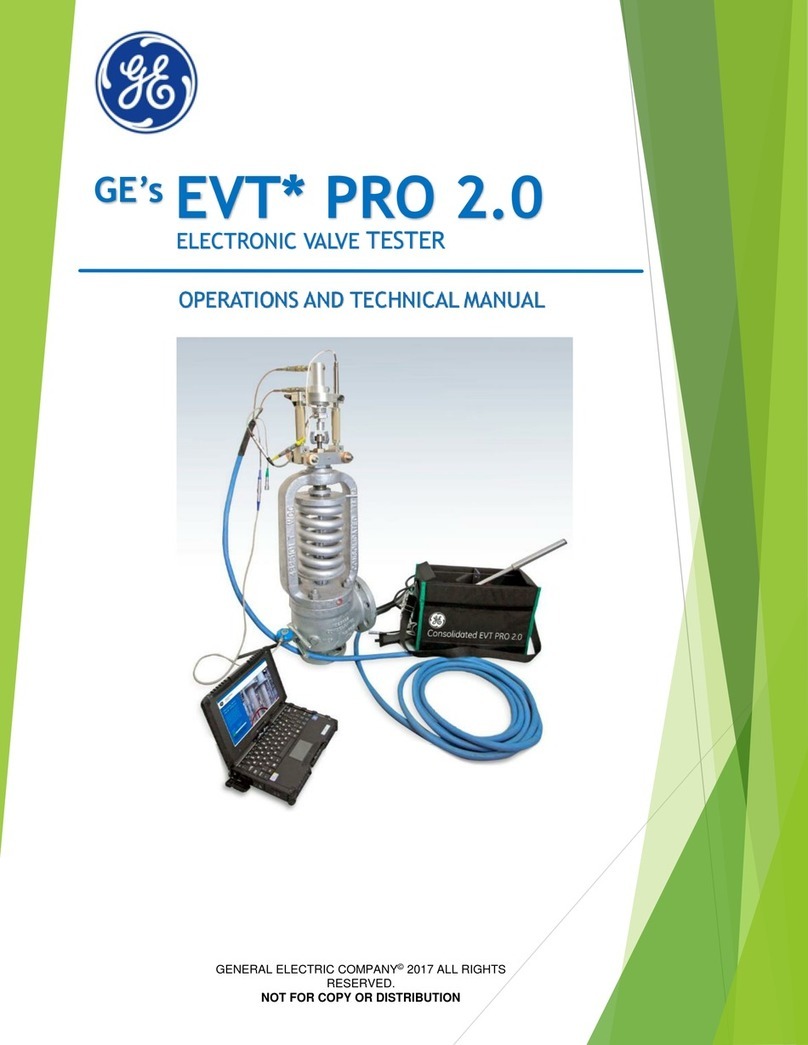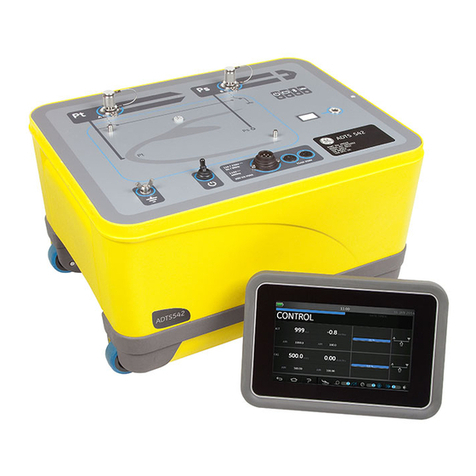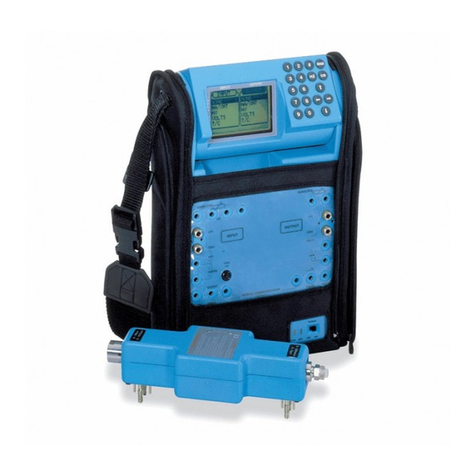
K0443 Issue No. 3 vi
4MAINTENANCE............................................................................................................... 4-1
4.1 Introduction ....................................................................................................................4-1
4.2 Visual inspection .......................................................................................................... 4-1
4.3 Cleaning ........................................................................................................................... 4-1
4.4 Test ..................................................................................................................................... 4-1
4.5 Calibration....................................................................................................................... 4-1
4.6 Replacement parts...................................................................................................... 4-2
4.7 Fuse replacement........................................................................................................ 4-2
4.8 Filter replacement ....................................................................................................... 4-4
4.9 Pressure module replacement .............................................................................. 4-5
5TESTING AND FAULT FINDING................................................................................. 5-1
5.1 Introduction ....................................................................................................................5-1
5.2 Standard Serviceability Test ................................................................................... 5-1
5.3 Fault Finding...................................................................................................................5-2
5.4 Approved Service Agents ......................................................................................... 5-3
6REFERENCE AND SPECIFICATION .......................................................................... 6-1
6.1 Installation notes.......................................................................................................... 6-1
6.2 Operational Requirements ...................................................................................... 6-4
6.3 Icons.................................................................................................................................. . 6-6
6.4 Measure Set-up............................................................................................................. 6-9
6.5 Control Set-up................................................................................................................ 6-10
6.6 Global Set-up ................................................................................................................. 6-11
6.7 Supervisor Set-up ........................................................................................................ 6-12
6.8 Options.............................................................................................................................. 6-15
